As the world shifts toward renewable energy, solar power has emerged as one of the most accessible and sustainable solutions. Among the various solar technologies available, solar roofs are gaining significant attention for their seamless integration, aesthetic appeal, and efficiency. Unlike traditional solar panels mounted on rooftops, solar roofs are designed to be the roof, blending functionality with modern design. In this blog, we’ll explore the different types of solar roofs, their benefits, and why roof installation systems are outperforming other solar systems in many ways.
What Are Solar Roofs?
Solar roofs are roofing systems that incorporate solar technology directly into the structure of the roof. Instead of installing bulky solar panels on top of an existing roof, solar roofs are built with solar cells embedded into the roofing materials. This innovative approach not only generates clean energy but also enhances the overall look of a home or building.
There are several types of solar roofs available today, each catering to different architectural styles and energy needs:
Tesla Solar Roof:Tesla’s solar roof is one of the most well-known options. It uses tempered glass tiles that look like traditional roofing materials (such as slate or terracotta) but contain solar cells. These tiles are durable, weather-resistant, and designed to blend seamlessly with the roof’s design.
Solar Shingles:Solar shingles are smaller than traditional solar panels and are designed to mimic the appearance of asphalt shingles. They are ideal for homeowners who want a discreet solar solution that doesn’t stand out.
Metal Solar Roofs:Metal roofs with integrated solar technology are becoming popular for commercial and industrial buildings. These roofs are durable, lightweight, and highly efficient at generating energy.
In-Roof Solar Systems:In-roof systems involve installing solar panels directly into the roof structure, replacing traditional roofing materials. This approach is more aesthetically pleasing than mounted panels and offers better weather protection.
Advantages of Solar Roof Installation Systems
While traditional ground-mounted or rooftop solar panels have their merits, solar roof installation systems offer several unique advantages that make them a superior choice for many homeowners and businesses.
1. Aesthetic Appeal
One of the biggest drawbacks of traditional solar panels is their appearance. Mounted panels can look bulky and out of place, especially on residential homes. Solar roofs, on the other hand, are designed to blend seamlessly with the architecture of the building. Whether it’s Tesla’s sleek glass tiles or solar shingles that mimic asphalt, solar roofs enhance the visual appeal of a property while generating energy.
2. Space Efficiency
Solar roofs make use of existing roof space, eliminating the need for additional land or ground-mounted systems. This is particularly beneficial for urban areas or properties with limited space. By integrating solar technology into the roof itself, homeowners can maximize energy production without sacrificing yard space.
3. Durability and Protection
Solar roofs are built to withstand harsh weather conditions, including heavy rain, snow, and high winds. Many solar roofing materials, such as Tesla’s tempered glass tiles, are more durable than traditional roofing materials. Additionally, in-roof solar systems provide better protection against leaks and damage compared to mounted panels, which require drilling into the roof.
4. Increased Property Value
Homes and buildings with solar roofs often see an increase in property value. Buyers are increasingly looking for energy-efficient homes, and a solar roof is a premium feature that can set a property apart in the real estate market.
5. Lower Energy Bills
Like all solar systems, solar roofs generate clean, renewable energy that can significantly reduce or even eliminate electricity bills. Over time, the savings on energy costs can offset the initial investment in the solar roof.
6. Environmental Benefits
Solar roofs contribute to a reduction in carbon emissions by generating electricity from a renewable source. By choosing a solar roof, homeowners and businesses can play a part in combating climate change and reducing their reliance on fossil fuels.
Why Roof Installation Systems Outperform Other Solar Systems
While ground-mounted and traditional rooftop solar panels are effective, roof installation systems offer several advantages that make them a better choice for many applications:
Integration: Roof installation systems are fully integrated into the building’s structure, providing a cleaner and more streamlined look compared to mounted panels.
Efficiency: Solar roofs are designed to maximize energy production by optimizing the angle and placement of the solar cells.
Maintenance: Solar roofs are easier to maintain than ground-mounted systems, which can be exposed to dirt, debris, and damage from wildlife.
Versatility: Solar roofs can be installed on a wide range of buildings, from residential homes to commercial properties, without the need for additional land or space.
Conclusion
Solar roofs represent the future of renewable energy, combining cutting-edge technology with sleek design. Whether you’re drawn to Tesla’s solar tiles, solar shingles, or in-roof systems, there’s a solar roof option to suit every need and style. With their aesthetic appeal, durability, and efficiency, solar roof installation systems are proving to be a superior alternative to traditional solar panels.
As the demand for clean energy continues to grow, solar roofs are poised to become the go-to solution for homeowners and businesses alike. By investing in a solar roof, you’re not just saving money on energy bills—you’re also making a lasting investment in the planet’s future.
Ready to make the switch? Explore solar roof options today and take the first step toward a cleaner, greener tomorrow.
Read More












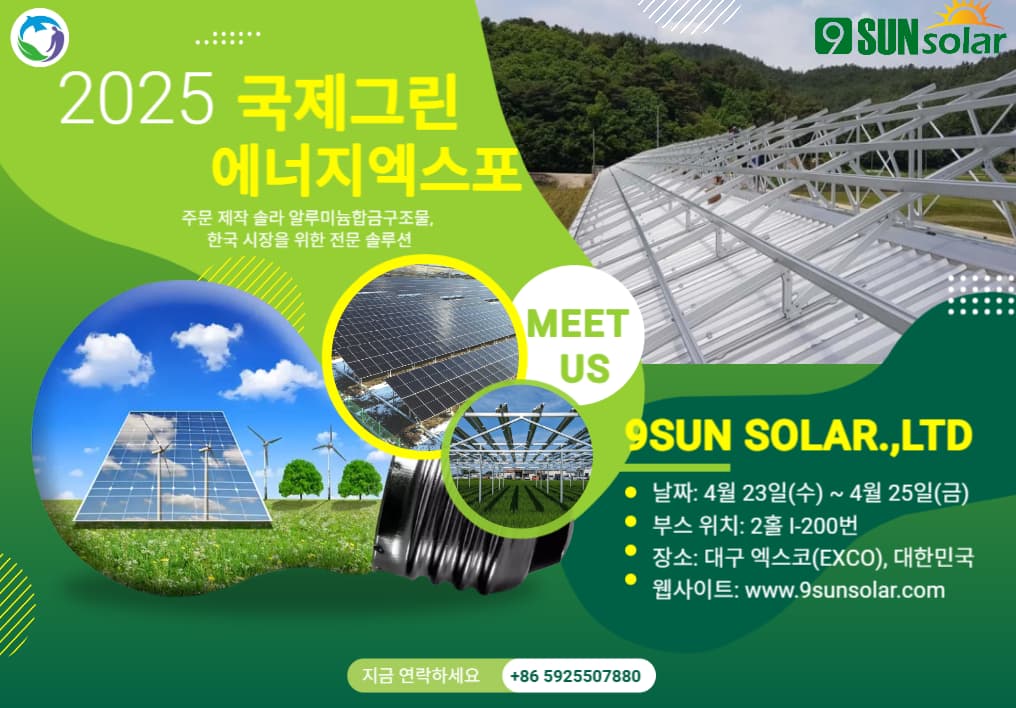
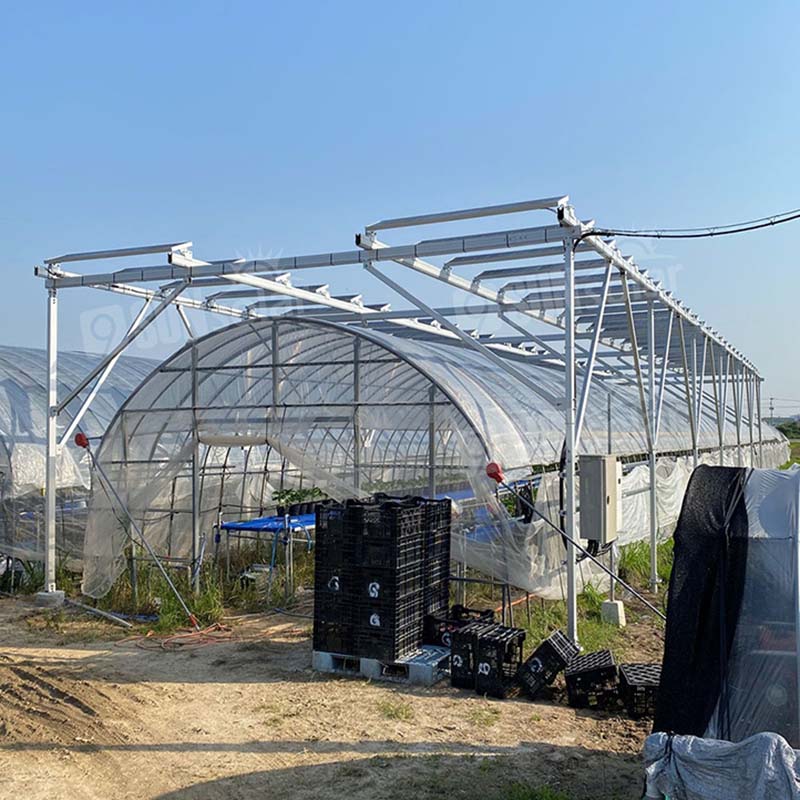
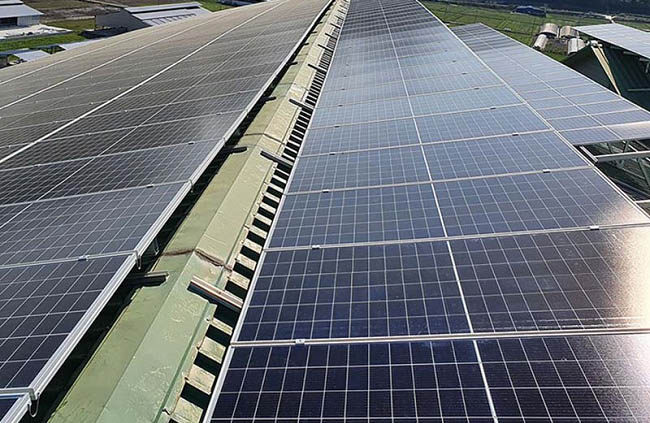
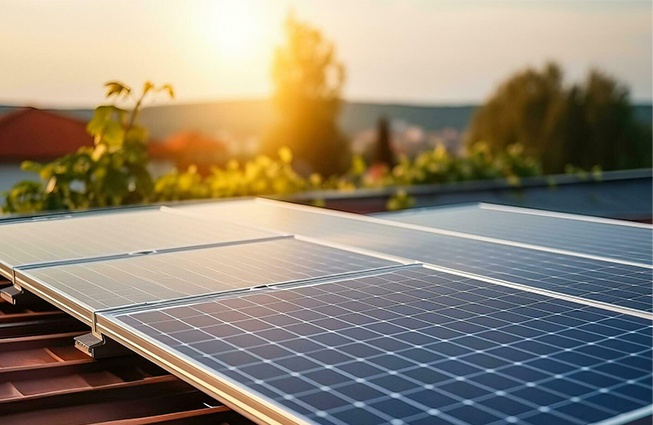

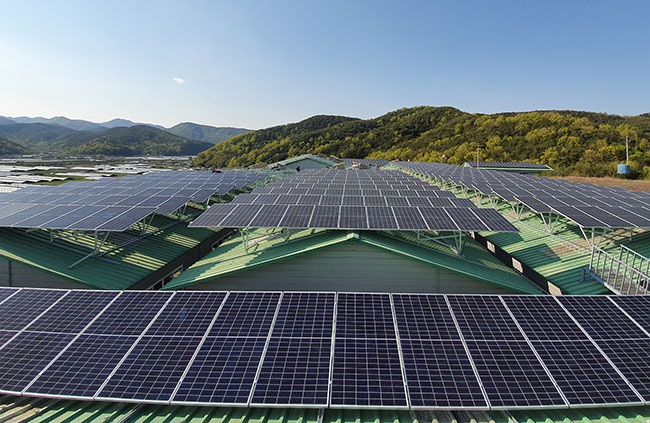
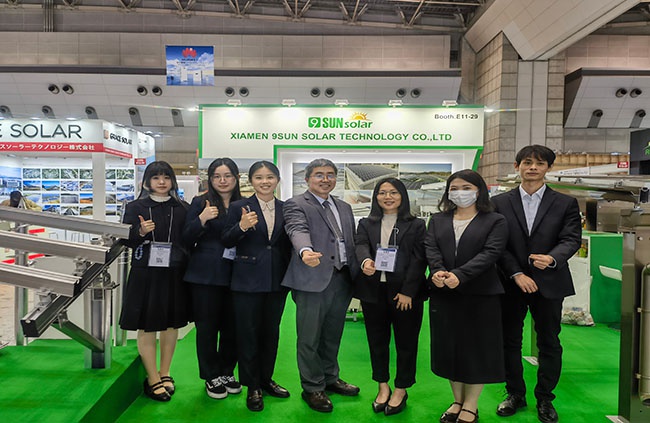
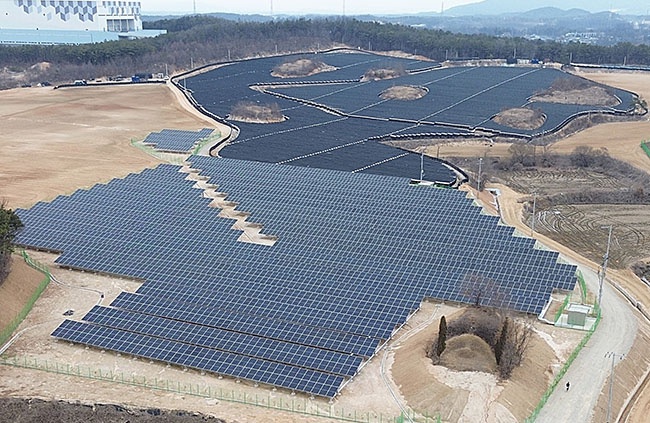
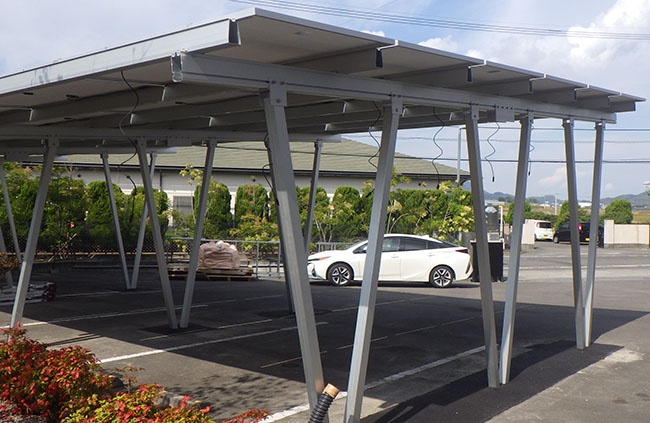





 IPv6 network supported
IPv6 network supported
